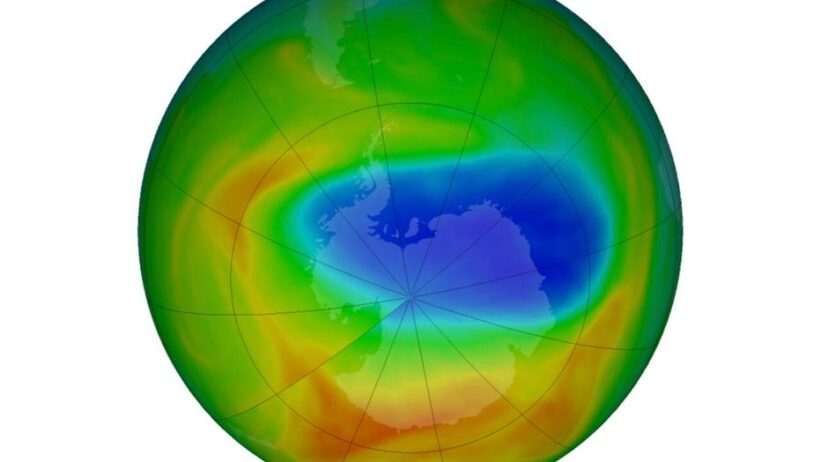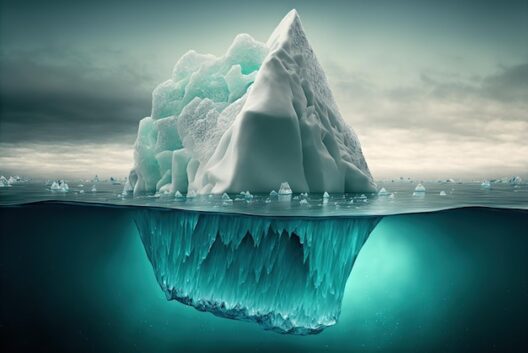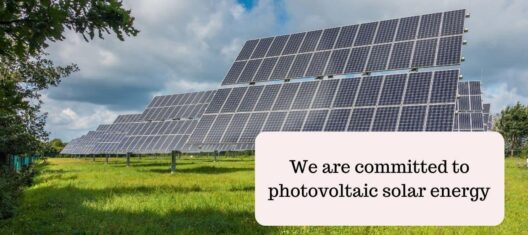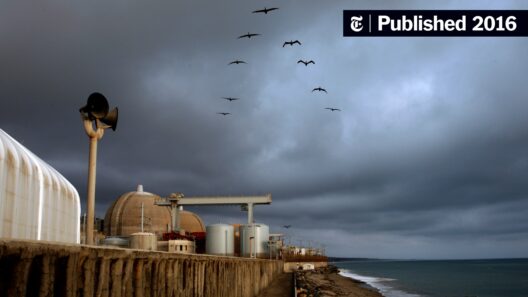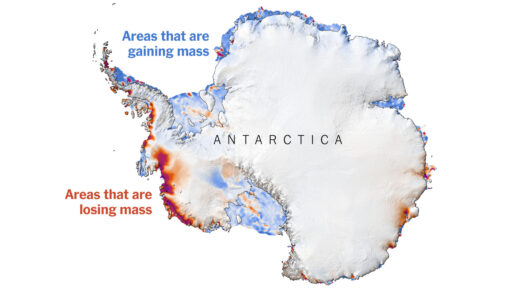Global warming, climate change, and ozone depletion represent a trinity of interrelated phenomena that are significantly altering the delicate equilibrium of our planet. Each facet of this triad possesses distinctive characteristics, yet they interweave to create an intricate web of ecological consequences. Understanding these concepts is pivotal for fostering awareness and promoting action against their adverse impacts on the environment.
At the forefront of contemporary environmental discourse, global warming refers specifically to the elevation in Earth’s average surface temperature due to the escalating concentrations of greenhouse gases in the atmosphere. Scientific consensus attributes this increase largely to human activities, particularly the burning of fossil fuels, deforestation, and industrial processes. The combustion of coal, oil, and natural gas releases copious amounts of carbon dioxide (CO2), methane (CH4), and nitrous oxide (N2O), which function as insulative blankets that trap heat in the atmosphere.
The ramifications of global warming are profound. Rising temperatures have instigated a cascade of climatic shifts. Patterns of precipitation are changing, with some regions experiencing unprecedented droughts, while others are inundated with torrential rainfall. These changes disrupt agricultural viability, leading to food shortages in vulnerable populations. Moreover, the polar ice caps and glaciers are succumbing to the heat, contributing to rising sea levels that threaten coastal communities worldwide.
While global warming encompasses variations in climate, climate change embodies a broader spectrum of alterations. This term denotes not only increased temperatures but also the frequency and intensity of extreme weather events, such as hurricanes, floods, and heatwaves. As global temperatures surge, the frequency of these events escalates, raising concerns about human safety and the vigor of ecosystems.
Furthermore, the phenomenon of climate change extends beyond atmospheric alterations. It significantly impacts biodiversity—affecting habitats, disrupting food webs, and precipitating species extinction. Many flora and fauna are unable to adapt quickly enough to these rapid transformations, leading to a stark reduction in biodiversity, which is crucial for maintaining resilient ecosystems.
Among these alarming trends lies the issue of ozone depletion. The ozone layer, situated within the stratosphere, acts as a critical shield—absorbing the majority of the sun’s harmful ultraviolet (UV) radiation. It is a complex infusion of ozone (O3) molecules, essential for life as we know it. Ozone depletion primarily occurs due to the emission of chlorofluorocarbons (CFCs) and halons—substances once widely used in refrigeration, air conditioning, and aerosol propellants.
The connection between ozone depletion and climate change has important implications. While the ozone layer’s gradual healing—a phenomenon attributed to global adherence to the Montreal Protocol and the phase-out of ozone-depleting substances—offers a glimmer of hope, it is not a panacea. Healing of the ozone layer does assist in regulating UV radiation exposure, but it does not negate the underlying effects of climate change, which continue to escalate.
Moreover, a curious interaction exists between these elements. The greenhouse gases that are primarily responsible for global warming can also affect the stratosphere, where ozone resides. Warming temperatures can alter atmospheric circulation patterns, exacerbating ozone depletion in certain regions, such as the polar vortex during winter months in Antarctica.
The interplay between global warming, climate change, and ozone depletion exemplifies the complexity of Earth’s climatic system. It illustrates a broader truth: that the environment operates as an interconnected web where the effects of human actions are felt across diverse realms. Ecosystems are remarkably resilient, yet they require support and protection from anthropogenic disturbances.
Public awareness and proactive initiatives are paramount in combating these triad challenges. Individual actions—including reducing emissions, supporting renewable energy sources, and advocating for sustainable practices—can collectively contribute to significant change. Active engagement in conservation efforts, tree-planting campaigns, or even supporting policies aimed at reducing carbon footprints can foster a more sustainable trajectory for future generations.
Additionally, the need for robust international frameworks cannot be overstated. Collaborations such as the Paris Agreement reflect a vital step; they aim to mitigate climate change effects through global commitments to reducing greenhouse gas emissions. However, the urgency of the crisis necessitates further action, higher ambition, and accountability among nations to adhere to scientific guidelines.
In conclusion, global warming, climate change, and ozone depletion represent a complex triad that is substantially affecting our planet’s health. Each element impacts not only the other but also our own future. Collective responsibility, informed policymaking, and individual actions will be instrumental in the quest for a sustainable world. Understanding these dynamics is essential for both current populations and future generations to ensure a viable planet where humanity can thrive in harmony with nature.



